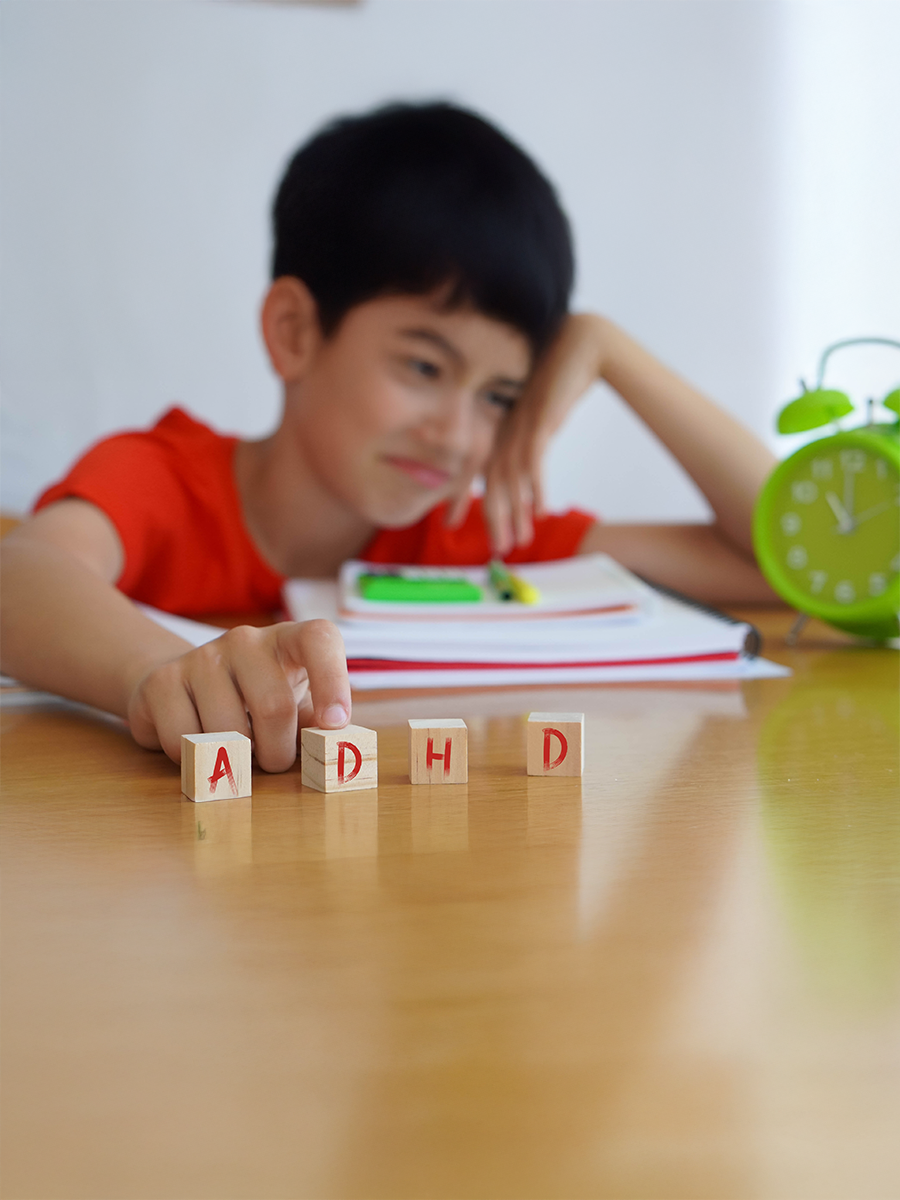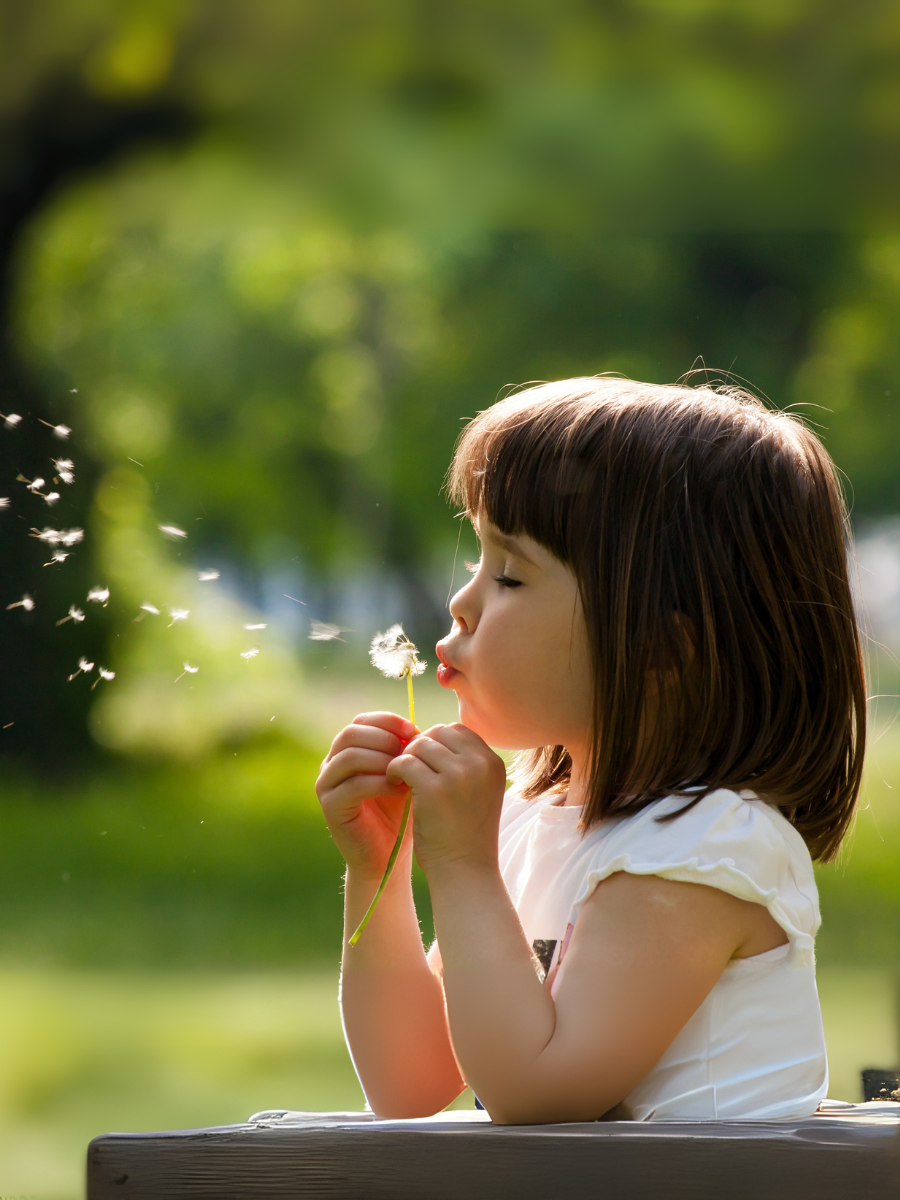GUIDE
Stress Busters: Supportive Relationships
“A day without a friend is like a pot without a single drop of honey left.”
Winnie the Pooh
When feeling overwhelmed, seeking support from your community can be a powerful stress management tool. Whether it is a colleague, friend, or family member, strong connections can help you navigate tough times. In fact, research has found that there are many benefits to having community support. Social relationships help decrease sadness and stress, improve your heart health, boost your self-esteem and help manage obesity.
External resources
ACEs AWARE
acesaware.org
First 5 Orange County
first5oc.org
CDC: Physical activity tools
cdc.gov
Get 24/7 advice from CHOC
How supportive relationships relieve stress: Overview
Supportive relationships — such as a parent/caregiver, friend, teacher, or mentor you can rely on — greatly impact your well-being. These relationships help you celebrate good times, are there for you during the tough times and support you during all the in-between times.
What are the benefits of social relationships?
Research has found many benefits to social relationships, including:
- Improved happiness
- Lowered stress
- Boosted immunity
- Improved self-esteem, confidence, sense of security and sense of belonging
- Lowered risk of mental illness
- Decreased blood pressure and risk of heart disease
What defines a close relationship?
Safety: Strong relationships are like a shield, protecting us from feeling hurt or scared, both physically and emotionally
Stability: You know what to expect in your relationship, and you can count on them being there for you when you need them the most. Your relationship is steady and consistent, which means it doesn’t change much, and this can help you feel safe and secure, knowing things won’t suddenly be different.
Nurturement: A close relationship is one that is supportive and understanding of your needs. They understand your feelings and make you feel heard.
What are examples of supportive relationships for your child?
Take a moment to reflect on who is in your child’s life and how their presence impacts your child.
- Parent/Caregiver
- Family member beyond parent/caregiver (i.e., grandparent, aunt, uncle)
- Teacher
- Librarian
- Mentor
- Babysitter
- Friend
- Other: Who else is a strong and caring presence in your child’s life?
If your child has experienced a big stressor like the death of a loved one or another traumatic event, then:
- Having an “always available adult” as a child improves your health outcomes.
- For adults who experienced trauma as a child, making good friends as they got older helped lower challenges with health later in life.
 Print this section
Print this section
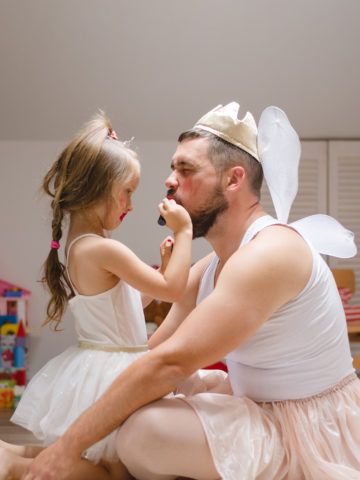
Relationship-building activity ideas for parents and children
The parent-child relationship is often the first supportive bond that a child will experience, and it will serve as a model for other relationships later in life. This bond can be created through simple actions like cuddling with your child or providing language to express their feelings.
The First Five website includes various bonding activities that combine play, which can help your child explore their world while feeling close to you. Below are examples of these activities across different ages.
Baby relationship building

Cuddle time
- Skin-to-skin snuggles: When it’s warm, dress the baby in their diaper and they can feel your warm touch as you hold them. You can gently rub your baby’s back, stroke their arms and legs, and give them sweet kisses.
- Purpose: Helps build trust and love between baby and adult, builds baby’s awareness of their body.
Use your voice
- In the morning, greet your baby with a big smile: “Good morning my little love, I’m so happy to see you!”
- Rock them in your arms and sing silly songs or read them colorful stories. Talk to them in a gentle voice, even if they can’t talk back yet. They’ll love hearing your voice!
- Purpose: To show the baby how special and important they are to you.
1-year-old relationship building
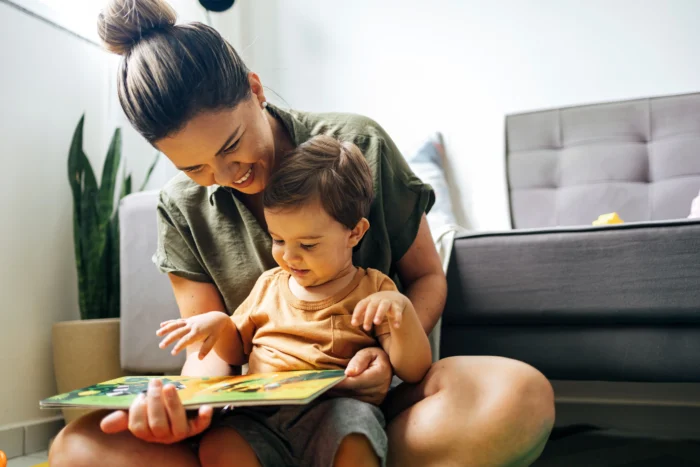
Building routines
- Routines are an important part of relationship building because they help the child feel safe and know what to expect from you.
- For example, a nighttime routine can consist of dinner, bath, new diaper, pajamas, bedtime story, bedtime song, and goodnight!
Narrate your routine
Next, I will put on your shirt, and then I will put your arms through the sleeves. Now, a kiss for each hand!
Sharing
This is when you can help your child build relationships with others. You can help build their sharing muscle in small ways, like the two of you sharing a snack and your child sharing a piece of the snack with you. Praise your child when they share: “Thank you for sharing your snack with me! That was so nice of you!”
2-year-old relationship building
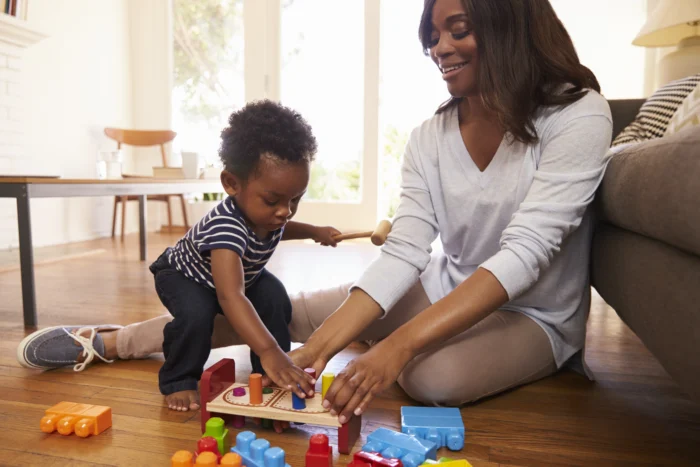
Use feelings language
This is a great time to help build your child’s feelings vocabulary. When they can express to you how they are feeling, this helps build their communication and relationship with you.
- With your little one, stand in front of a mirror and practice different expressions with your face and body:
- I am happy!
- I am sad and crying.
- I am mad.
- You can narrate different emotions that you see them express. For example, if you see a character on a TV show, you can describe how they are feeling.
- For example, “You are so excited to go swimming!” or “Hank is feeling really sad that he lost his lucky shovel.”
3-year-old relationship building

Taking turns
Children learn by watching you! Show them how you take turns doing things. For example, when you’re driving, you can say that you are waiting at the stop light and you’re waiting for it to turn green because that means it is your turn to go. Other ways to take turns include:
- You pick out a book to read for bedtime; then your child picks out a book to read
- Point out times when you see other children take turns while playing on the playground. Then, when your child takes a turn, label it and praise them for it!
Building confidence
Engaging your child in simple household tasks helps them gain confidence as they practice these tasks. If there are specific tasks that are already part of your routine, try to find a way to include them in it. Make sure to praise them for helping. Another fun thing to do is to make a sticker chart and hang it somewhere where they can see. For every chore they do, add a sticker!
For example:
- Picking up toys for cleanup time.
- Wiping up spills.
- Throwing away trash.
- Watering plants.
4- to 5-year-old relationship building

Reinforcing positive actions
Children engage in positive things throughout the day, but sometimes we don’t notice. It is important for us to say something when we see something. For example, if you notice your child being gentle with their sibling, praise them for it. You can say, “You are playing so gently with your little sister. She is having such a great time with you. I love watching you two play together!”
Expressing themselves
Children are still learning about their feelings, and this is a great way to help teach them about it. You can help your child understand the big feelings they are experiencing by naming their feelings. With practice, your child can learn how to use their words to express their feelings.
- “I see some tears and crying. You look sad.”
- “That was scary when you fell. Would you like a hug to help you feel better?”
Relationship-building for all ages

“Serve and return”
This describes back-and-forth interactions between you and your child. For example, when babies or young kids make sounds, gestures, or cry, and adults respond with eye contact, words, or hugs, it helps their brains grow. Parents paying attention to their child’s reactions and needs can create a lot of chances for this back-and-forth. This helps children get better at talking and socializing because their brains make strong connections. Below are 5 steps for engaging in “serve and return:”
- Notice the “serve” and share the child’s focus of attention. Is your child looking at something or pointing at it? Pay attention to what they are focused on.
- Return the “serve” by supporting and encouraging. You can make a sound or say, “I see!” to what they are pointing to. Let the child know you’re noticing the same thing.
- Name what the child is seeing, doing, or feeling. For example, “You noticed those ducks!” or “You’re feeling sad that the ducks swam away.”
- Take turns…and wait. How is the child reacting? What are they saying? Keep the interaction going back and forth. For example, if they keep pointing at the ducks, you can keep narrating what’s happening, “You’re happy the ducks are swimming back again!”
- The child will signal when they’re done or ready to move on to something new. Follow their lead.
- To read more about this, please visit here.
Show your child you are listening
No matter the age, when your child talks to you, they want to be heard. You want to ensure that when this happens, you aren’t distracted by TV or the phone and you’re paying attention to them.
You can ask them follow-up questions like “Then what happened?” or “What did they say?” Pay attention to the feeling behind the story. You can say things like, “You seem excited about this news!” or “That sounds frustrating.”
Spending “special” time together
Although it feels like you spend a lot of time together, “special” time is different. It’s a time when you are completely focused on your child – 100%. It can be for five minutes, or for longer. It is up to you!
During this time, there are no distractions, and you are fully playing with your child and engaging with them. For younger children, special time can be shorter time focused on play, such as building Legos or Magnatiles together, playing with dolls, or coloring.
For older children, special time might be longer, and it might involve an activity together like playing soccer, going on a hike, browsing a bookstore, or getting your nails done. Making this time part of your routine is important because it will be something you both can look forward to and can really enhance the relationship!
Let them teach you about their interests
Sometimes, the age gap between a parent and their child can feel huge, and it might feel hard to relate to what your child is interested in. But this makes it the perfect opportunity to let your child teach you about their current passion or hobby. Find out what they are an expert in and ask open-ended questions to encourage conversation.
 Print this section
Print this section
How can parents find social support for themselves
As parents and caregivers, having your own support network is important. But sometimes, it can be hard to even know where you can go to find your group of people. Here are some ways to connect with others:
- Volunteering: Identify a cause you are passionate about and get involved by volunteering. For example, animal shelters often need people to help walk dogs or play with the animals, or local food banks need help organizing, stocking shelves, and greeting people. This will help connect you with others who share similar interests and values.
- Exercising: Exercise is good for your physical and mental health and a great place to meet others. Are there yoga, Pilates, or swimming classes that you can join?
- Engaging with your community: Join a faith-based or cultural organization. Look into your local library’s monthly calendar for events and meet-ups. Ask your local bookstore if they have an ongoing book club you can join.
- Reconnecting: Make an effort to reach out to old friends, co-workers, or neighbors. Set a goal for yourself to grab coffee, go for a walk, or get lunch with someone at least two times a month.
- Using online groups and classes: Many online communities help you stay connected with friends and family and open you up to new people. For example, communities are dedicated to grief and loss, vacationing, or caregiving support. They bring together people from all over the world who are going through similar life experiences. There are also college and university extension classes that are another avenue for building community based on education. For example, UCLA offers a series of virtual extension classes on various topics, some during the weekend or after work hours. The ultimate key to making connections online is to stick to safe and reputable sites and use common sense when meeting anyone offline.
For more information about building your social support, please visit these sites:
 Print this section
Print this section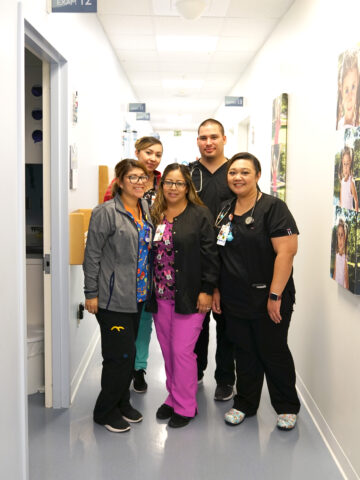
Supporting patients and families: Tips for clinicians
As a clinician, there are different ways to screen patients’ social needs. You can take on a comprehensive social needs screener or a more targeted approach by asking questions about their social history. For example, here are some areas to explore:
- Who do your patients socialize with at school? During lunch? After school?
- Have they experienced being bullied at school? Or online?
- How often are they using social media? How is their mood influenced by it?
- Are they involved with any clubs, sports, or other extracurricular activities?
- Is there a parent, mentor, or teacher in their life who they can count on?
Connect your patients with resources using CHOC FindHelp: This free online directory of community resources is searchable by zip code.
Use the ACEs AWARE Social Support Handout to discuss social relationships with your patients.
 Print this section
Print this section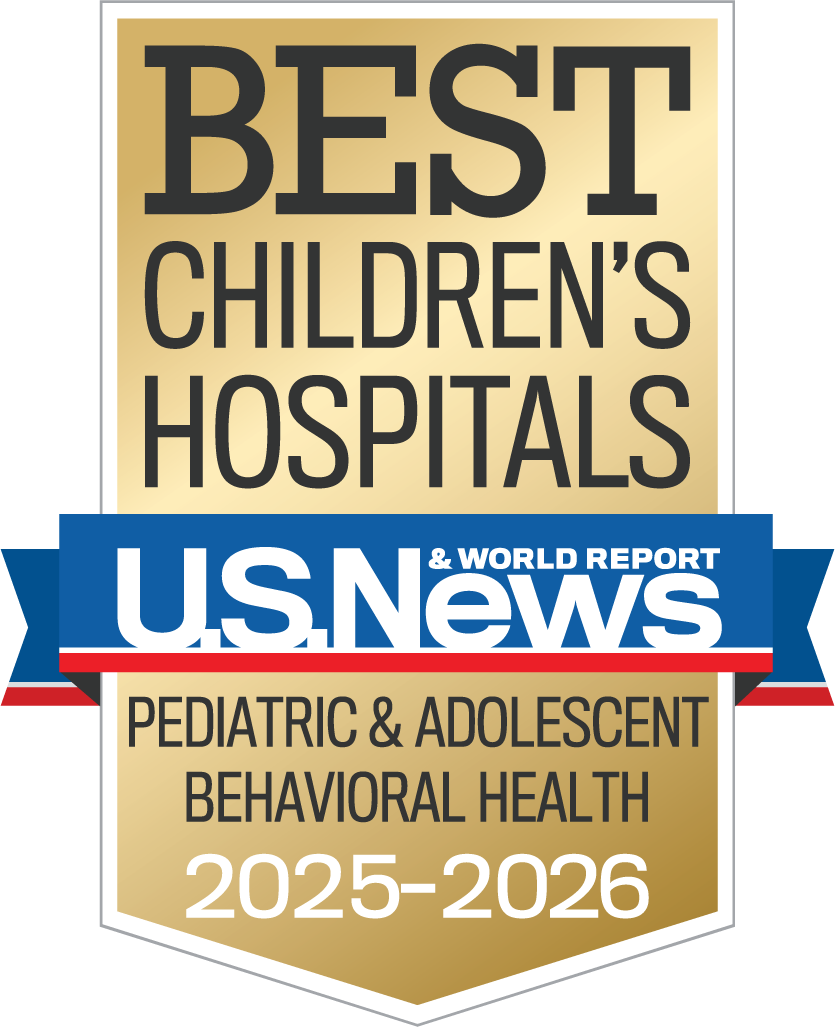
Learn more about CHOC’s Pediatric Mental Health Services
CHOC Hospital was named one of the nation’s best children’s hospitals by U.S. News & World Report in its 2024-25 Best Children’s Hospitals rankings and ranked in the behavioral health specialty.
Supportive Relationships Recommended Reading
Related Guides
- Stress Busters
- Stress Busters: Supportive relationships
- Stress Busters: Mindfulness
- Stress Busters: Sleep
- Stress Busters: Balanced Nutrition
- Stress Busters: Experiencing nature
- Stress Busters: Mental Health Care
- Mental Health Guide
Related Articles
- Community as medicine: How to build and benefit from community for your child and yourself
- At-home tips for building social skills
- Using technology to promote social skills in children with autism
- Play to improve social skills development
- How parents can help their child with ADHD
- Making the case for summer camp
- Supporting a child after the death of a pet
- Coping skills for school-aged children
- Social media and friendships
Children’s books on social skills
- Let’s Talk About Body, Boundaries, Consent, and Respect by Jayneen Sanders
- You, Me, and Empathy by Jayneen Sanders
- What Should Danny Do? By Ganit and Adir Levy
- Same Same, But Different by Jenny Sue Kostecki-Shaw
- Be Kind by Pat Zietlow Miller
Additional Resources
- ACEs AWARE Social Relationships
- ACEs AWARE Social Support Handout
- ACEs AWARE Social Relationship Resources
- California Healthy Minds, Thriving Kids Project (childmind.org)
- Harvard Health Co-Regulation
- Harvard Developing Child 5 Steps for Serve and Return
- Kaiser Permanente Tips for Building Healthy Relationships
- Maintaining Healthy Relationships with Age
- Sesame for Families
- Teens and Social Media Use
- Video Resources for Parents – Positive Parenting, Thriving Kids (childmind.org)
The guidance on this page has been clinically reviewed by CHOC pediatric experts.
For more health and wellness resources from the pediatric experts at CHOC:
Sign up for the Kids Health newsletter.
The contents of this webpage, including text, graphics, audio files, and videos (“Materials”), are for your general information only. The Materials are not intended to substitute qualified professional or medical advice, diagnoses, or treatments. CHOC does not recommend or endorse any specific tests, physicians, products, procedures, or other information that may be mentioned on or linked to this webpage. Always call your physician or another qualified health provider if you have any questions or problems. If you think you may have a medical emergency, call your doctor, go to the nearest emergency department, or call 911.
For more health information for your family visit health.choc.org



